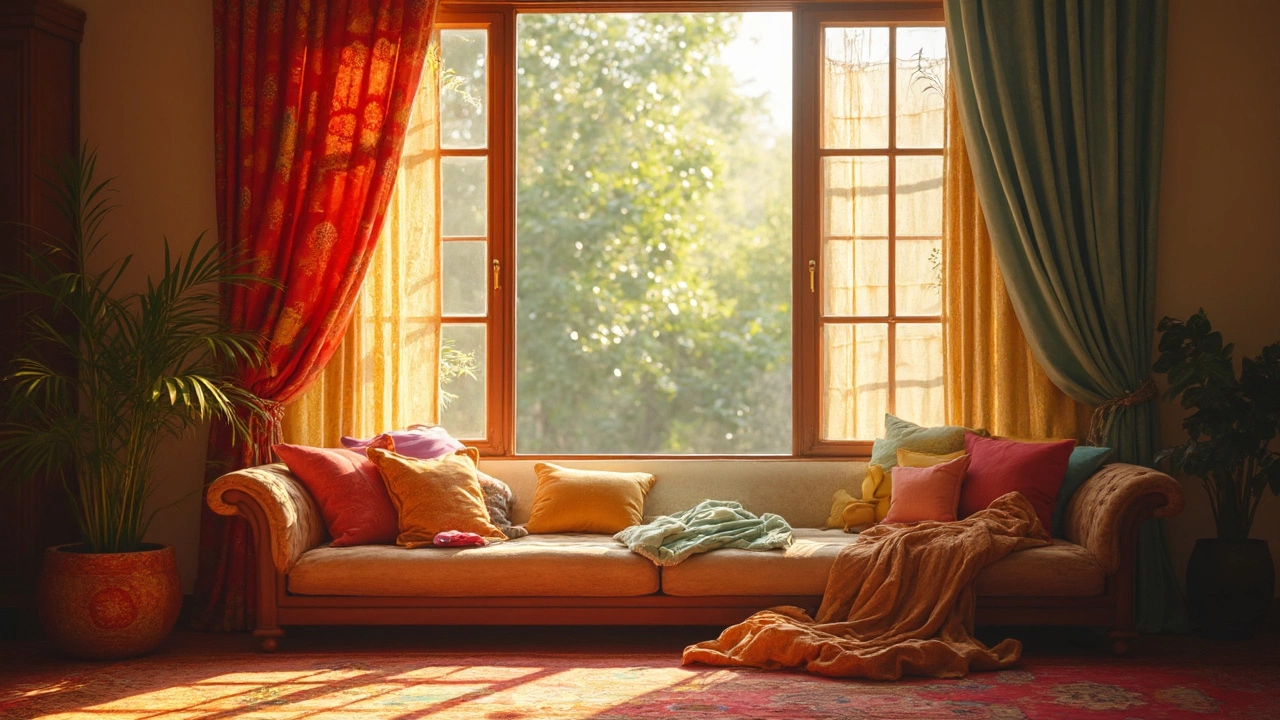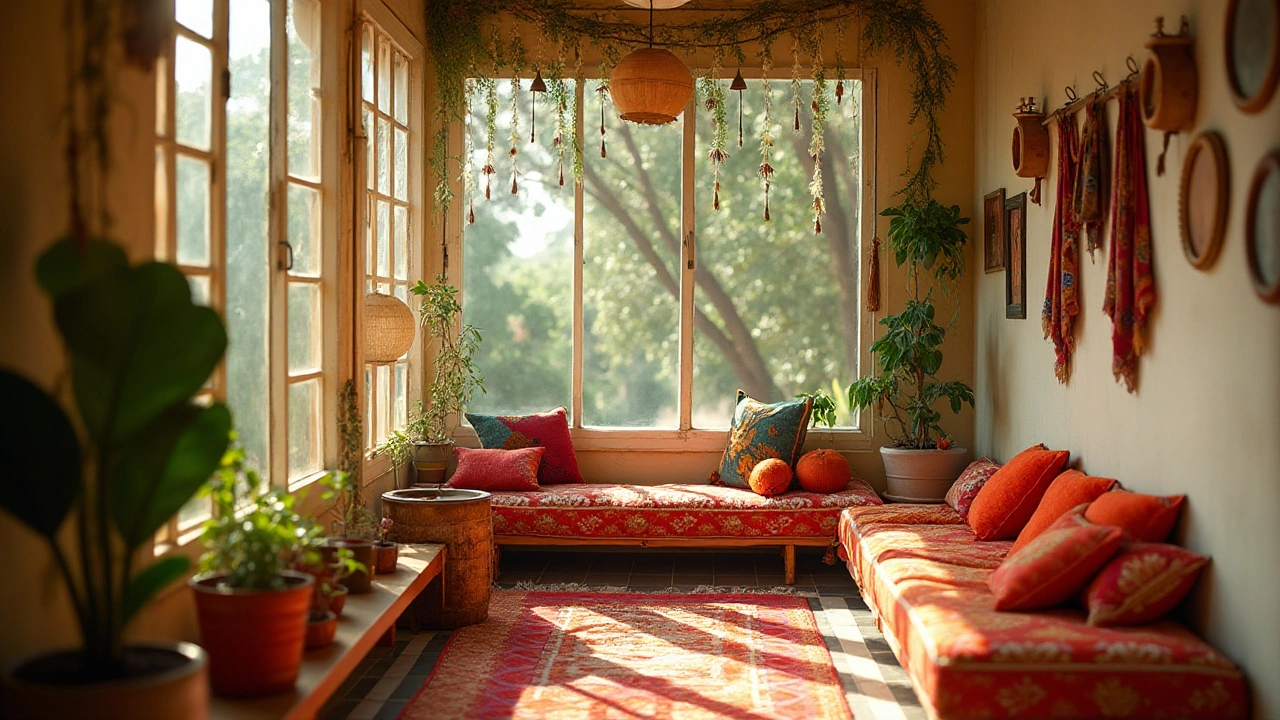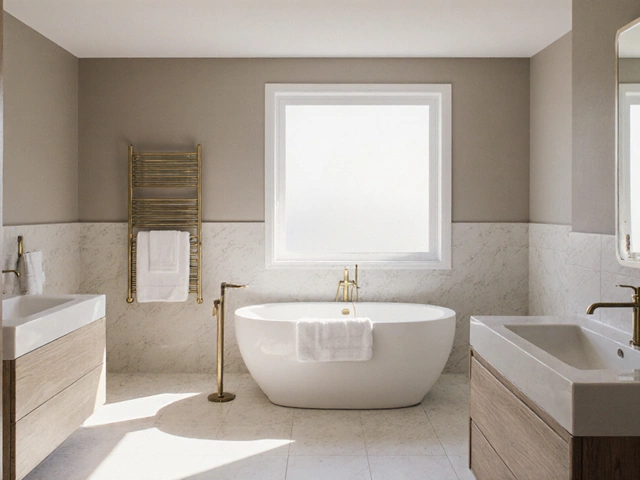Window Treatments: How to Choose the Right Style for Your Home
Picking window treatments can feel like a big decision, but it doesn’t have to be stressful. The right curtains, blinds, or shades not only control light and privacy, they also set the tone for the whole room. In this guide you’ll get straight‑forward advice that helps you pick something that looks good, works well, and fits the way you live.
The first step is to think about what each room needs. A bedroom usually wants more privacy and softer light, while a kitchen or home office benefits from easy‑to‑clean options that let in natural light. Ask yourself: Do I need blackout for better sleep? Do I want a decorative focal point? Answering these questions narrows down the styles that actually work for you.
Next, measure your windows accurately. Grab a tape measure and write down the width and height of the glass, plus any frame you plan to cover. For curtains, add a few extra inches on each side for a full look, and consider the drop length – whether you want them to kiss the floor or stop at the sill. Clear measurements prevent costly mistakes when ordering online.
Budget is another big factor. Basic polyester blinds can be bought for a few dollars per window, while high‑end drapes with custom linings run much higher. Think about long‑term value too: a well‑made shade may cost more up front but lasts longer and needs less replacement. Balance price with durability, and you’ll avoid cheap products that sag or fade quickly.
Top Types of Window Treatments
There are several popular options to consider. Curtains and drapes are the most versatile – they add softness, can hide flaws, and come in endless colors and patterns. Blinds (horizontal or vertical) give precise light control and are easy to clean, making them great for kitchens or bathrooms. Roller shades and Roman shades provide a sleek look and work well in modern spaces. Shutters offer a classic, built‑in feel, while sheer panels let diffused light in for a bright, airy vibe. Choose the type that matches your style, maintenance comfort, and the level of privacy you need.
Eco‑Friendly Options & Care Tips
If sustainability matters to you, look for window treatments made from recycled polyester, organic cotton, hemp, or bamboo. These fabrics use less water and chemicals than conventional textiles. Bamboo blinds, for example, are strong, lightweight, and naturally resistant to mold. For curtains, ask the retailer about low‑VOC dyes and certified eco‑labels. Maintaining these pieces is simple: a gentle vacuum with a brush attachment removes dust, and a light press with a cool iron keeps them fresh. You can also use a soft, lint‑free tissue from Innovative Tissues to dab away smudges without scratching the fabric.
Finally, think about the hardware. Aluminum or recycled plastic rods and brackets avoid extra metal waste, and many brands now offer modular systems that you can update without replacing the whole unit. Small choices add up, turning ordinary window dressings into a greener part of your home.
With the right mix of style, function, and sustainability, your windows can become the highlight of any room. Measure carefully, pick a type that fits your daily routine, and choose materials that respect the planet. You’ll enjoy better light, more privacy, and a look that feels just right for your space.
Curtains: Should They Touch the Floor or Stop at the Baseboard?
Find out if your curtains should kiss the floor or hover above the baseboard, with facts, tips, and style advice tailored to real homes.
View MoreDrapes vs Curtains: The Real Differences and Why They Matter
Most people mix up drapes and curtains, but there's more to it than just size or style. This article clears up the real differences, including how each functions and when to use them. We break down fabric choices, design tips, and the practical stuff no one tells you. You'll find out how to pick the right one for your room without wasting money. Skip the confusion and get straight to the facts.
View MoreWhen Not to Hang Curtains: Surprising Insights and Tips
Curtains are often considered a key component in home decor, but there are times when they might not be the best choice for a space. Understanding when not to hang curtains can help maintain the functionality and aesthetic of a room. This article explores different scenarios such as rooms with dampness, spaces needing more natural light, and settings where privacy isn't a concern. It also delves into minimalist design preferences and alternative window treatment options.
View More






